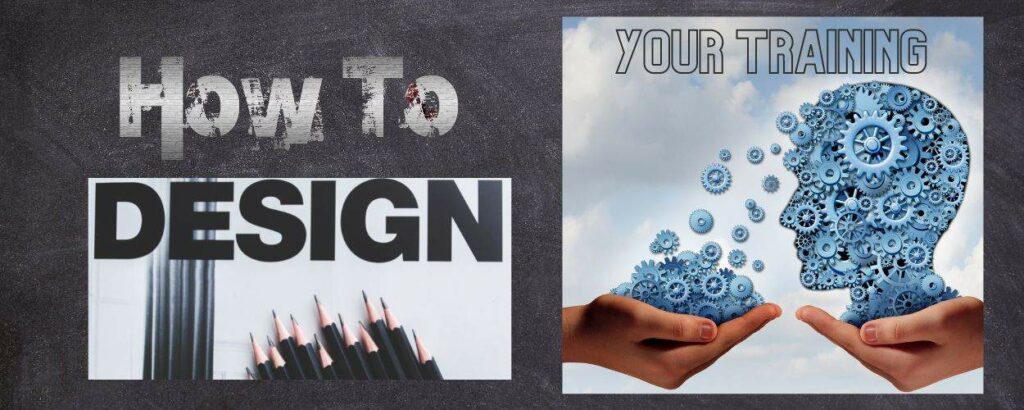
Boost Your Training System With These Three Learning Theories
In another Brilliance Nugget, I compared two methods of training your team members to boost your training system:
- On-the-job-training (OJT) without a training SYSTEM
- A training system composed of videos, manuals, process flow charts, and other training resources.
The difference between these two methods is that, in option one, the entire training relies SOLEY on person-to-person training.
In contrast, option 2 has a strong foundation of well-designed training resources.
- The training system contains the brilliance of your subject matter experts.
- The brilliance has been captured and documented, e.g., as a series of short lessons (short videos and bitesize written materials), a manual, or flow charts documenting processes.
- You might use a central training source such as an online Learning Management System to deliver the online training and track the learning progress.
- The brilliance also has been organized. Thought has been put into how to teach it. The system is tested and improved. It continues to get better and better as a result.
- Option 2 most often still includes some on-the-job training/ mentoring. Yet, you are much less dependent on a trainer being available.
By the way, please don’t get hung up on the word “brilliance.” It is not an Einsteinian type of brilliance I’m talking about here. Instead, it is the unique combination of knowledge, expertise, and wisdom essential to operating your company or organization. It is the critical knowledge you need to keep and protect and pass on to new people (or “old” ones when cross-training).
How to DESIGN Your Training System
You may be thinking, “Having a training system sounds excellent. How do we best pull that off?
- A training system uses specific teaching methods designed to be effective for the intended trainees.
- It is worthwhile to be aware of three learning theories for designing your system.
Here is a quick summary of these three learning theories:
Learning Theory #1: Behaviorism
Behaviorism focuses on behavior.
- This theory is about conditioning the behavior we want. For example, how do we manage the trainees’ behavior in the classroom or online while learning?
- Positive and negative reinforcements (rewards and punishments) can create desired behavior and habits.
To use behaviorism in the design of your training system, the key questions here are:
- Which behavior do you want your trainees to exhibit?
- What can you do to reinforce those behaviors? Acknowledgment and rewards for completing lessons, assignments, and quizzes are examples.
Learning Theory #2: Cognitivism
Cognitivism focuses on how the learner’s mind receives, organizes, stores, and retrieves the information.
- Cognitivism focuses on understanding, higher-order thinking skills, retention, and recall.
- It shows us which teaching methods can help us meet those objectives.
To benefit from the theory of cognitivism, the key questions are:
- What should the trainees know?
- How can you organize, sequence, and present that information so that it is understandable and meaningful to the learner?
- For example,
- Connect the new material to prior knowledge – and be aware of which prior knowledge the trainee has
- Include in your lessons a hook, so the trainee wants to know more.
- Present the material in bite-size chunks.
- Sequence these chunks such that it builds from easy to more complicated – always considering it from the viewpoint of the trainee
- Provide overview graphics and other visual aids
- Offer mnemonic devices (a tool that helps us remember certain facts or large amounts of information, e.g., in the form of a rhyme, acronym, image, phrase, or sentence.)
- For example,
Learning Theory #3: Constructivism
The theory of Constructivism tells us that learners gain new understandings and knowledge by integrating new knowledge with what they already know.
- Existing knowledge and experience matter quite a lot when learning something new!
- Constructivism uses interactive teaching strategies to create meaningful contexts.
- These contexts help students construct knowledge based on their own experiences.
Constructivism leads to these questions:
How do you
- Engage your trainees into being ACTIVE participants?
- Promote higher-level reasoning, problem-solving, and critical thinking?
- Promote the transfer of their knowledge to new situations
- Induce collaboration
Constructivism focuses on making learning more meaningful by creating the opportunity for learners to interact with what you are teaching.
For example:
- Roleplaying
- Discussing how the material applies to them
- Collaborative groups where many perspectives surface
- Excursions where students get a real-world view of the training material in action
- Engage and motivate students by making them take a more active role in the learning process
The Key Takeaways
- Training SYSTEMS offer the opportunity to deliver well-designed training.
- Draw from the understandings three learning theories provide:
- Behaviorism (for reinforcing desired behavior),
- Cognitivism (organize, sequence, and present that information so that it is understandable and meaningful to the learner),
- Constructivism (make learning more meaningful by offering interactive learning opportunities)